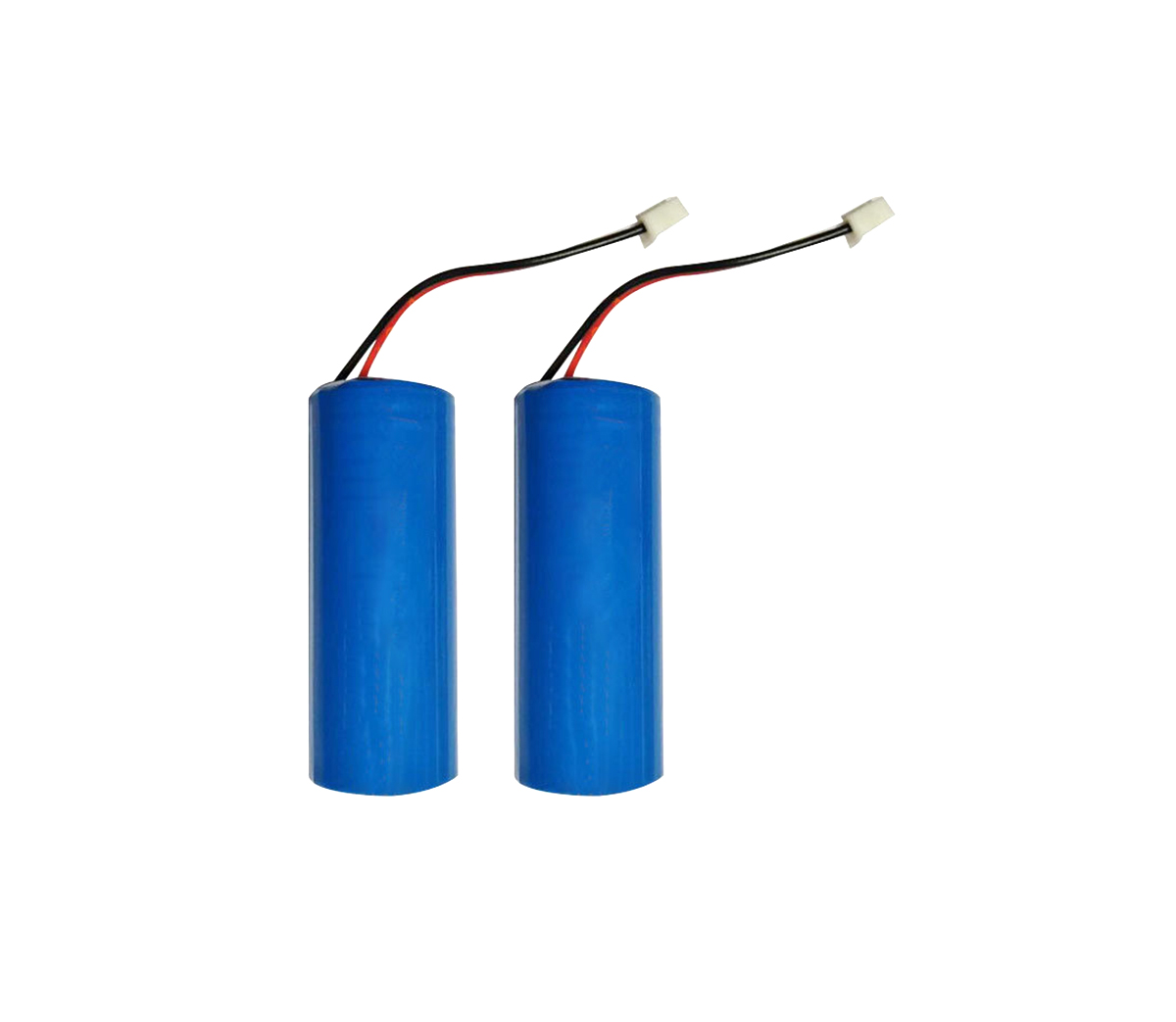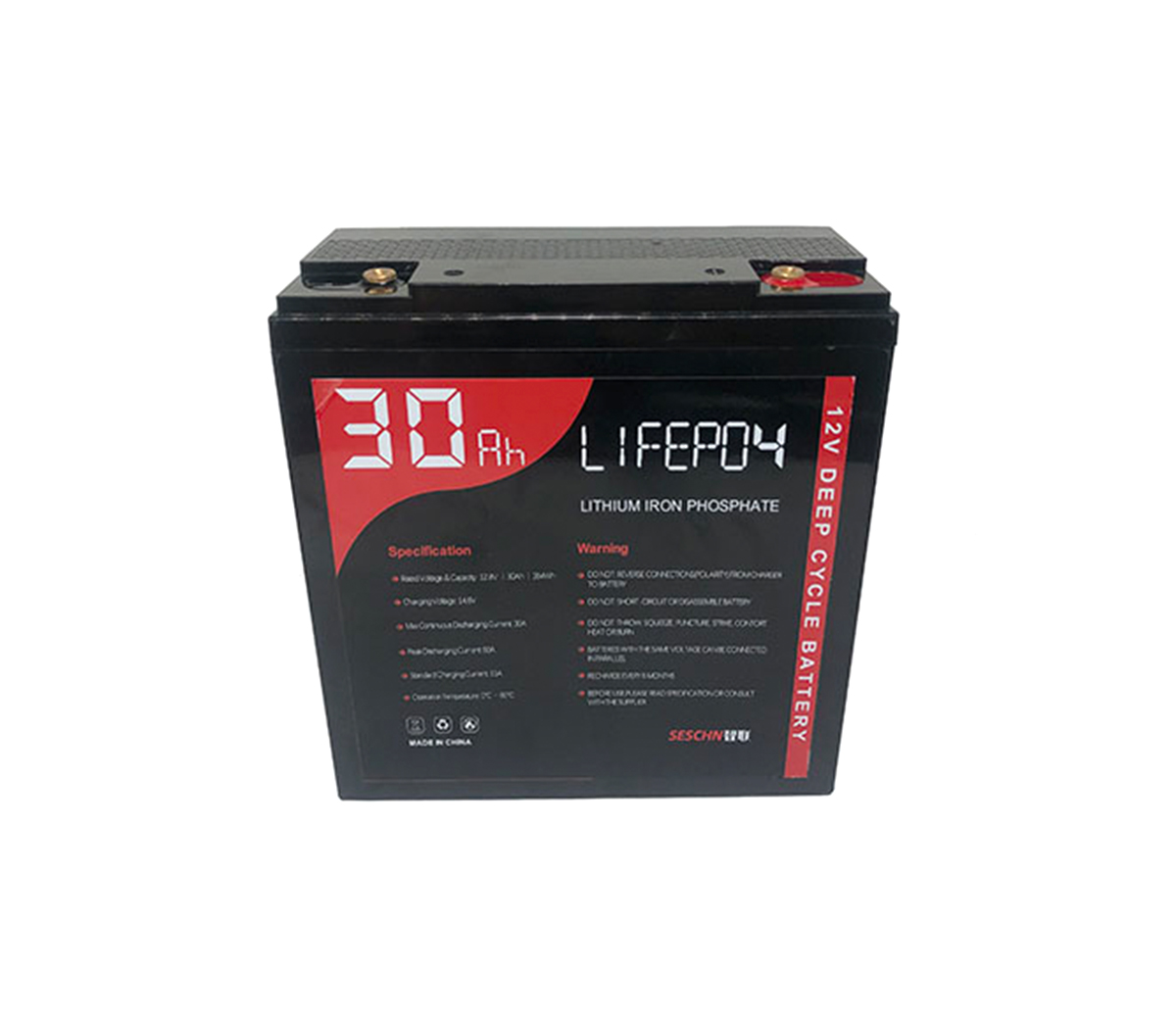
Qualcomm recently announced a new generation of fast charging technology
QuickCharge3.0 at the 3G/LTE summit held in Hong Kong. As the third-generation
product of fast charging technology, QuickCharge3.0 can increase the efficiency
by 38% compared with the previous generation, increase the charging speed by
27%, and reduce heat generation by 45%, which is conducive to extending battery
life. The first charger that supports the QC3.0 standard has been launched,
using the optimal voltage intelligent negotiation INOV algorithm to charge a
typical mobile phone from zero to 80% in about 35 minutes. After the meeting,
Qualcomm held an interview about QC3.0 to reveal more details for us.
The first charger that supports QC3.0 is from VerusPeripheral accessory
manufacturer, the model is WC20Q3WWBLK. It is compatible with wide-range power
grids, the input voltage supports 100-240V, there are multiple AC plugs to
choose from, and it can be used worldwide. There are three specifications for
output, namely 3.6-6.5V/3A, 6.5-9V/2A, 9-12V/1.5A. It can be seen that after
adopting the optimal voltage intelligent negotiation INOV (Intelligent
Negotiation for Optimum Voltage) technology, it will be 200mV The increment is
one gear, which increases the charging speed while effectively reducing energy
and heat loss.
Compared with its QC2.0 fixed voltage approach, in the past 2.0 was
directly adjusted from 5V to 9V, which would be more blunt. Now 3.0 uses 200mV
as a gradual unit. The voltage was not high at the beginning of charging, but
gradually increased later. This smart upshift method can better optimize the
charging method, because if the voltage is raised very high when it comes up,
there will be a loss of electrical energy in the middle, which will be
Dissipated in the form of heat energy.
Intelligent scheduling adjusts the voltage and current to the most suitable
state for charging the device, so that the expected charging current can be
reached, the power loss is minimized, and the charging efficiency is improved.
The new standard reduces the voltage regulation range to 0.2V, with a minimum of
3.6V and a maximum of 20V. This charger uses the US PowerIntegrations program,
which is also the first batch of platforms to obtain Qualcomm QC3.0
certification. At this stage, the chips supporting QC3.0 have been announced as
Snapdragon 820, Snapdragon 620, Snapdragon 618, Snapdragon 617 and Snapdragon
430, and related devices are expected to be unveiled next year.
is backward compatible with 2.0 and can be separated independently
QuickCharge technology has been proposed for some time, but it was not
until this year that more devices were supported. On the one hand, because chip
manufacturers, mobile phone terminal manufacturers, and charger accessory
manufacturers all need time to build this ecosystem after proposing this
technology, QC2.0 can be regarded as a period when large-scale commercial use
has truly begun. Since this year, more and more mobile terminals supporting
QC2.0 fast charging technology have appeared, and the products of peripheral
manufacturers have also begun to increase. After the launch of QC3.0, some
people may wonder whether 2.0 will not apply? The answer is of course no.
QC3.0 is an upgrade on the basis of 2.0, which is an improvement on the
technical level. In addition, it is backward compatible, compatible with 2.0,
and compatible with other traditional devices such as USB charging. It can also
support fast charging like the previous iPad or iPhone. At the same time,
QuickCharge is an open standard, so in addition to the Snapdragon processor,
other processor platforms can also use this technology. For example, ASUS
Zenfone2 is equipped with an Intel processor, but it also integrates the
function of our QuickCharge. The benefits of a standalone chip
Qualcomm integrates the PMIC power management circuit into Qualcomm's
different levels of chips. The upgrade of QC3.0 only needs to be written in the
PMIC for the upgrade, so there is no additional component increase. For
independent charging IC, Qualcomm will also provide, including QC2.0 and 3.0.
Independent charging IC can be applied to different types of chipsets. Even if
this chipset does not have a power management circuit, it can also be equipped
with a complete set of solutions provided by Qualcomm, which is more
flexible.
Charging safety active defense
For QC's fast charging technology, Qualcomm has its own set of safety
measures. One of them is called APSD (AutomaticPowerSourceDetection). The chip
automatically detects the power source, identifying the direction of the power
input, such as PC, power socket, USB, etc., and IP markings each power source,
which can be quickly identified .
The next technology is called AICL (AutomacticImputCurrentLimit), which can
actively identify the properties of the power adapter, such as knowing the size
of the input current, and balancing the output current of the adapter and the
current required by the terminal according to the size of the current, which is
actually an intelligent adaptation Function. If your mobile phone can accept a
maximum charging current of 2A, the chip will automatically set the current to
2A at the beginning, but if you stay at this current peak for a long time, it
will be dangerous, so it will be slightly at this current height. Lower and
ensure safety. In addition, Qualcomm also has a technology for the charging
cable, that is, when the charging cable is short-circuited, the chip can detect
it, so that the charging current will be adapted through the INOV technology to
ensure that the current will not be too large or unstable. And cause damage to
the mobile phone terminal. QC3.0 will quickly spread early next year
At this stage, more than 50 terminals have used QC's fast charging
technology, and more than 100 accessories have also passed certification. The
competition in the accessory market is more intense than in the terminal market,
including power adapters, power banks, etc., and the price war is more obvious.
It is foreseeable that traditional 5V power adapters will gradually be
eliminated, and consumers will choose QC-certified power accessories with the
same price or lower.
In fact, most OEM and ODM manufacturers will be very interested in QC
technology, because the battery capacity is getting larger and larger for the
battery life of smart phones. If it is the traditional 5V~1A power adapter, the
charging speed will be Very slow. It only takes 5 minutes to stop for 2-3 hours
of battery life, which is very helpful to increase the user experience. The user
experience is better, and the manufacturers are willing to do it.
The ecology of QC2.0 took a long time, because new modules need to be added
to the mobile phone terminal chip, and the charger also needs to add a new
control unit, so this requires time and capital costs. QC3.0 only made some
changes on the basis of 2.0, mainly the adjustment and fine-tuning of the
module. Therefore, the transition from 2.0 to 3.0 will be accelerated, so the
speed of popularization will also be accelerated. It is expected that more
changes will be seen from the end of this year to the beginning of next year.
Launched multi-device terminals and accessories.



































